
Caged birds, of which the budgerigar is one, are entirely dependent on their owners for their well-being. Cleanliness and good husbandry are very important. Also remember that prevention is better than cure, and some bacteria can lay dormant in an area for years and may be very difficult to eradicate completely so it is in your best interests to prevent diseases in your aviaries as much as possible.
Even with the best care and attention, budgies are subject to a few ailments and problems.

Any baby birds with problem beaks should be culled. 'Problem' beaks include under- or overshot beaks. It is kinder to destroy these birds as they will always have trouble feeding properly. Such a condition will have been transmitted through a gene from one of the parents and if it can be ascertained which parent is responsible, that bird should be culled.
Beaks can become overgrown. Ensure the bird has enough twigs or toys to chew on so the bird can keep his beak trimmed naturally. An overgrown beak will need to be trimmed with clippers. The danger with clipping is that the blood supply to the beak may be cut or the beak may shatter. Ask an experienced handler to show you how to clip the beak or get it done by a veterinarian. Twisted or maligned beaks will require checking by your vet at frequent intervals to ensure there is no overgrowth occurring.
Claws can become overgrown and should be trimmed back. Be careful not to cut the quick by trimming back too far. Beaks and toes can bleed profusely if the blood vessel is nicked.
Should a bird receive a small cut, it will usually heal of its own accord. Dab with antiseptic. If it is bleeding, treat with a styptic pencil to stop the flow of blood.
Broken limbs on a budgie are somewhat hard to treat. Legs are difficult to immobilise. Place the bird in a small cage with no perches. Place its feed on the floor. Wings can be taped into position but the bird will usually use its beak to remove the tape. Breaks generally heal reasonably well on their own. Or consult your vet.
Constipation and diarrhoea may also occur from time to time. Constipation often results either from insufficient exercise or from insufficient green feed being offered. Glauber's salt or a pinch of Epsom salt can be placed in the drinking water. To get faster results, milk of magnesia, syrup of buckthorn or medicinal liquid paraffin can be given orally.
Diarrhoea (very loose faeces) varies from mild or fatal and indicates a digestive problem. In general, low standards of hygiene cause most cases of diarrhoea. Dirty containers, perches treated with unsafe substances, fouled food, stale, dusty or mouldy food, water not changed often enough – any of these can cause problems.
One of the symptoms of avian typhoid is green, watery faeces. This disease is highly contagious as are most forms of enteritis. Isolate the sick bird, reduce the amount of green feed offered and consult your veterinarian. Antibiotics may be prescribed. Anything that the bird has contact with should be thoroughly disinfected.
Fits and apoplexy are unusual in birds. In apoplexy, the bird may suddenly fall from its perch and appear to have a fit. Generally a haemorrhage or a blood clot in the brain is the cause and the bird generally dies.
Fits can be caused by several things such as a lack of exercise, overheating or being fed with treats not suitable for birds, such as chocolate. There will be no time to call the vet so place the bird in a dark room. You could also try gently placing the body of the bird (not the head) in a dish of water to reduce the body temperature. After a few seconds, remove the bird and place in a dark, quiet area. Hopefully it will recover in its own good time.
Lice and mite infestations are a nuisance. These feed on the blood of the bird resulting in loss of condition and even death if the infestation is bad enough. The most common of the lice and mites is the red mite (Dermanyssus gallinae) which lives in crevices in the cage and seeks a host to feed on at night. The mites reduce the vigour of the bird. This loss of strength renders the bird more liable to pick up other illnesses. A bird irritated by lice or mites is liable to scratch or bite itself rending itself more liable to further infection. Again, prevention is better than cure and thorough cleaning of the cage particularly in the corners will avoid most problems.
Respiratory problems will manifest as laboured breathing together with a twitching of the tail feathers. There can be many causes for respiratory problems and a veterinarian should be consulted.
Scaly face is highly contagious and any bird suspected of the disease should be isolated immediately. Symptoms include a flaky appearance of the beak. In severe cases the beak becomes lumpy. The scales of the feet tend to stand out as well. Parasites cause this disease and propriety treatments are available.
Problems associated with breeding pairs include egg-binding, feather plucking and what is known as French moult.
Becoming egg-bound is quite common in breeding hens. Generally the hen is not fit and is unable to pass the egg. The shell of the egg is soft and gives way as the muscles of the hen push the egg down the oviduct. Unless the egg is passed, death is the likely result. The hen may be found distressed and fluffed up on the aviary floor. Remove the hen to a warm environment (30oC or 85oF). Dab olive oil over the area of the vent and call your vet. A mineral deficiency can also cause this condition. If it happens again to the same hen, she should be culled.

A hen may 'feather-pluck' the soft down from a young chick but if she then starts to pluck the feathers, intervention will be necessary. While plucked head and neck feathers will regrow, feathers on the wings often will not. Even if they do, they will be out of alignment and spoil the appearance. The chicks can be placed in a separate box next to the first box in the hope that the male will continue to feed the chicks. If the hen visits the box, remove it to a separate cage together with the male. If this behaviour occurs again, cull the hen.
French moult is dreaded by all bird-keepers. Causes are varied and may be hereditary, or result from dietary deficiency, bacteria and/or lack of hygiene. An excess of certain vitamins may also contribute to the condition. The exact cause is not known and there is as yet no cure. The first symptoms are feathers which fail to grow particularly the flight and tail feathers. In mild cases fresh feathers grow almost as normal. In some cases, the plumage never grows. Afflicted birds are often unable to fly much and severe cases are best put down. It is contagious and can spread rapidly.
Keeping a hygienic and clean environment for your birds is the best way of ensuring their continuing good health.
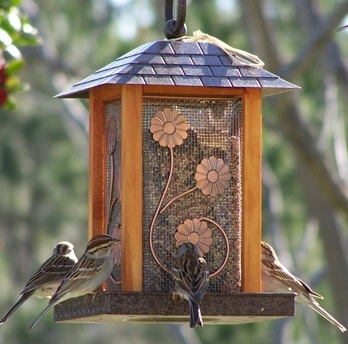 How to Make a Wooden Bird House Pole System
How to Make a Wooden Bird House Pole System
How to Make a Wooden Bird House Pole System
How to Make a Wooden Bird House Pole System
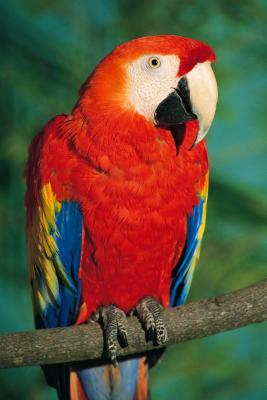 How to Disinfect a Bird Cage and Bird Toys
How to Disinfect a Bird Cage and Bird Toys
How to Disinfect a Bird Cage and Bird Toys
How to Disinfect a Bird Cage and Bird Toys
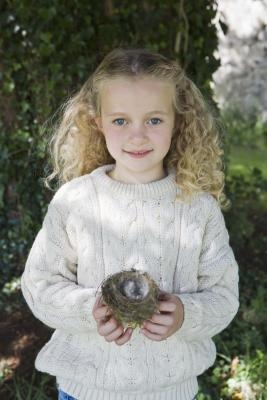 How to Care for Baby Birds That Have Fallen Out of a Nest
How to Care for Baby Birds That Have Fallen Ou
How to Care for Baby Birds That Have Fallen Out of a Nest
How to Care for Baby Birds That Have Fallen Ou
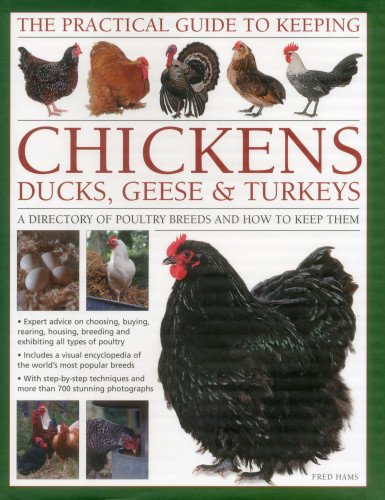 The Maran Chicken
Poultry BreedsThe Maran Chic
The Maran Chicken
Poultry BreedsThe Maran Chic
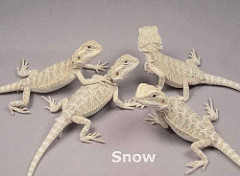 Uncovering Swift Plans For Alligator
Alligators include the most dangerous with the exotic pets.
Uncovering Swift Plans For Alligator
Alligators include the most dangerous with the exotic pets.
Copyright © 2005-2016 Pet Information All Rights Reserved
Contact us: www162date@outlook.com